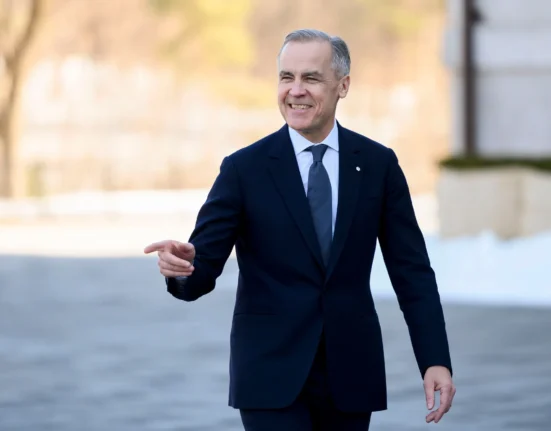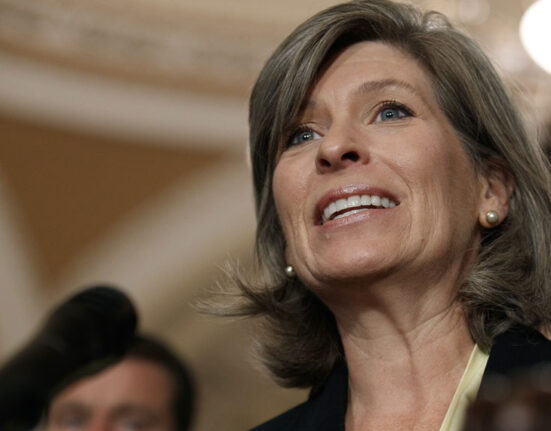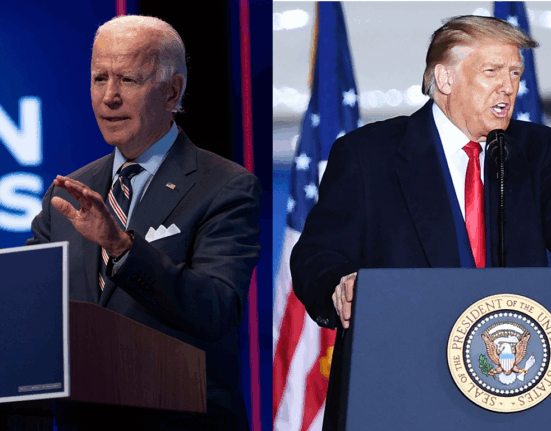Let me take you on a journey through the intricate world of Australian politics, where numbers and predictions paint a fascinating picture of uncertainty and anticipation. As we delve into the latest insights from Guardian Australia’s poll tracker, a tale unfolds that encapsulates both hope and apprehension for the leading parties.
Labor seems to be riding a wave of optimism as it inches ahead of the Coalition in the polls. The numbers tell a story of shifting tides, with Labor currently holding a 51.5-48.5 lead over its rival on the two-party-preferred measure. However, beneath this seemingly favorable outlook lies a crucial concern – Labor’s primary vote is stagnating.
In the realm of political polling, interpreting data is akin to deciphering a cryptic code. Luke Mansillo, a respected political scientist behind Guardian Australia’s sophisticated polling model, sheds light on the nuances at play. According to Mansillo, if the Coalition were to clinch victory with its current primary vote standing at around 33%, it would mark a significant deviation from polling expectations.
The unpredictability of elections often stems from unexpected shifts in voter behavior. While some polls indicate that Labor is poised for a majority government win despite modest primary vote projections, Mansillo remains wary of potential upsets fueled by minor parties influencing preferences.
As we navigate through the ebbs and flows of public sentiment, it becomes evident that every decision made by political entities reverberates through the electoral landscape. Shaun Ratcliff’s observations offer invaluable insights into how strategic announcements can sway voter perceptions and shape electoral outcomes.
The saga intensifies as we witness One Nation’s resurgence impacting both major parties’ standings in recent months. With preferences playing a pivotal role in determining success, Mansillo underscores the significance of understanding voting patterns across different segments of society.
Against this backdrop of intense competition and strategic maneuvering, each party’s narrative unfolds with distinct clarity. While Labor capitalizes on targeted policy announcements and resonant messaging strategies, questions loom over the Coalition’s ability to address critical issues effectively.
Amidst these dynamics lies an underlying theme – the pulse of democracy beats strongest when voters engage meaningfully with their choices. The evolution of election campaigns reflects not just political strategies but also societal values and aspirations that shape our collective future.
As we approach Election Day with bated breath and eager anticipation, one thing remains certain – in the realm where statistics meet storytelling, every data point carries within it the hopes and dreams of a nation seeking direction amidst uncertainty.








Leave feedback about this